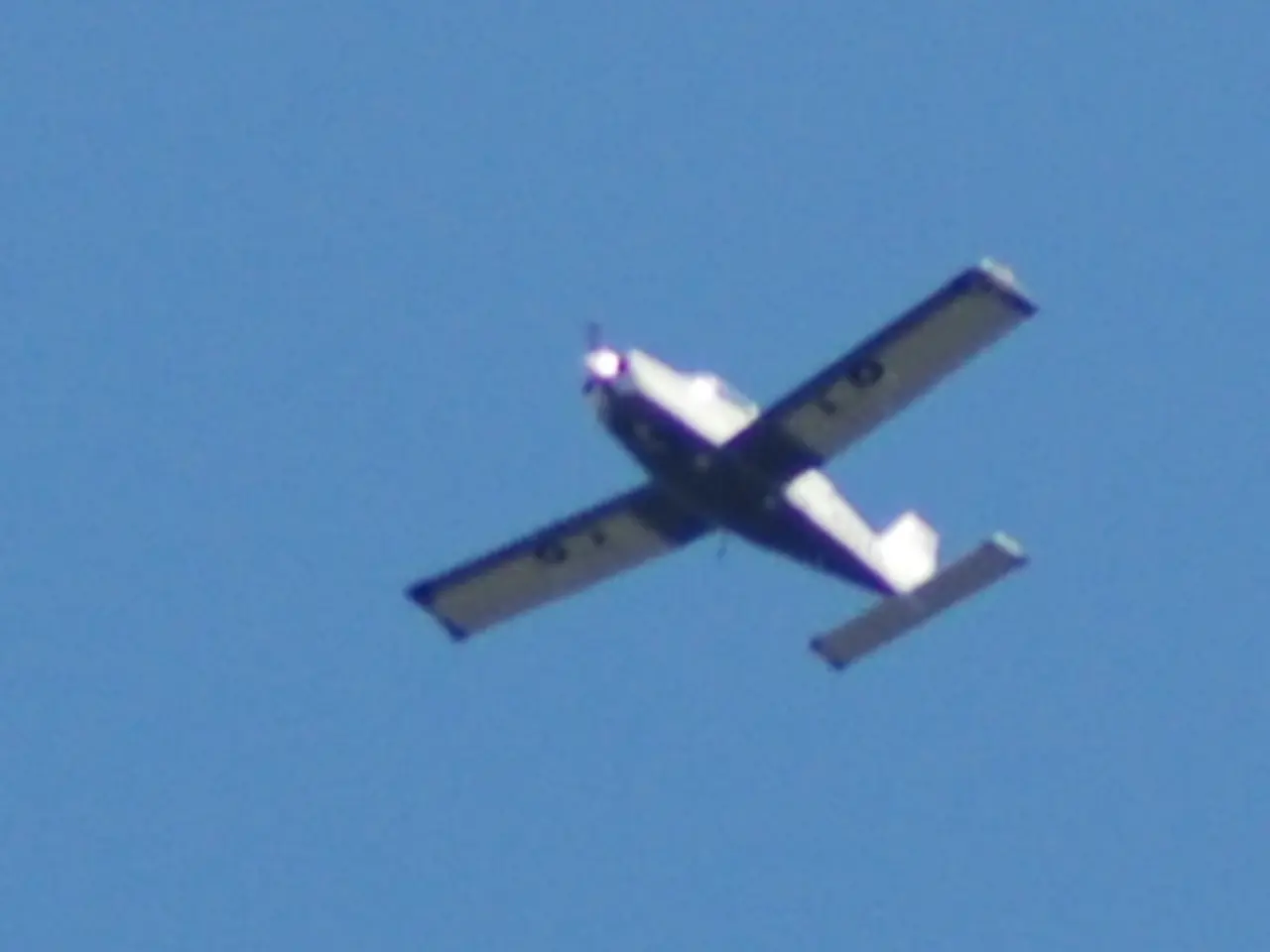House Committee Approves 2026 National Defense Authorization Act, Excluding New Aircraft Provisions
The House Armed Services Committee has passed the 2026 defense policy bill, authorizing $848.2 billion for the military, including at least $211.3 billion for the Air Force and Space Force. The proposed budget aims to maintain and modernize the U.S. Air Force, despite a slight discrepancy with the Air Force's own budget request.
The proposed budget for the Air Force and Space Force is slightly higher than the Air Force's own budget request for FY 2026, which is approximately $209.6 billion. The bill authorizes funds for various aircraft programs, including the A-10 Thunderbolt II attack planes, which are set to avoid retirement due to provisions in the bill.
No significant investments in new aircraft production are included in the bill, but it does aim to block the retirement of the A-10 Thunderbolt II planes. Another provision stops the Air Force from retiring the A-10 "Warthogs" or shrinking the total inventory below 162 planes until Oct. 1, 2027.
The bill also includes support for airborne force projection with the B-21 and C-130J aircraft. The inventory requirement for C-130 aircraft for intra-theater airlift remains at 271 aircraft. However, the bill contains language stopping the Pentagon from bringing on more than 183 KC-46 Pegasus tankers until a corrective action plan is in place for all of the plane's major design issues.
The bill sets a target of 504 air refueling aircraft by 2027. The legislation also looks to save the Air Force's plan to buy two E-7 Wedgetail airborne target-tracking jet prototypes from cancellation.
The bill includes several other spending tweaks and oversight provisions, such as an amendment requiring the Air Force to provide a report on the next-generation F-47 program, including its requirements, combat usage, and projected cost between fiscal 2028 and 2034.
The new Sentinel ground-based nuclear missiles' funding will exceed $3 billion, but an amendment to withhold money from the Sentinel intercontinental ballistic missile program was shot down. Another amendment to bar the use of federal dollars to retrofit the Qatari Boeing 747 as an interim Air Force One failed.
The bill allows the military to spend money provided by congressional appropriators when the next fiscal year begins. Eleven amendments made it through the markup for consideration by the full House, including measures related to military installations, cancer treatment, military aid to Ukraine, and hiring decisions.
A compromise bill typically heads to the president's desk at the end of the calendar year. The bill's draft doesn't specify how much the Air Force and Space Force would receive from the nearly $194 billion pot of money for military personnel. The entirety of the Air Force's F-15EX procurement for FY26 is authorized by the reconciliation bill.
- The Air Force's own budget request for FY 2026 is approximately $209.6 billion, while the proposed budget for the Air Force and Space Force is slightly higher, at $211.3 billion.
- The bill authorizes funds for various aircraft programs, with the A-10 Thunderbolt II attack planes being set to avoid retirement due to provisions in the bill.
- The bill contains language stopping the Pentagon from retiring the A-10 Thunderbolt II planes or shrinking the total inventory below 162 planes until Oct. 1, 2027.
- The bill includes support for airborne force projection with the B-21 and C-130J aircraft, while also setting a target of 504 air refueling aircraft by 2027.
- Another provision in the bill looks to save the Air Force's plan to buy two E-7 Wedgetail airborne target-tracking jet prototypes from cancellation.
- The bill covers various other spending tweaks and oversight provisions, including an amendment requiring the Air Force to provide a report on the next-generation F-47 program, its requirements, combat usage, and projected cost between fiscal 2028 and 2034.




